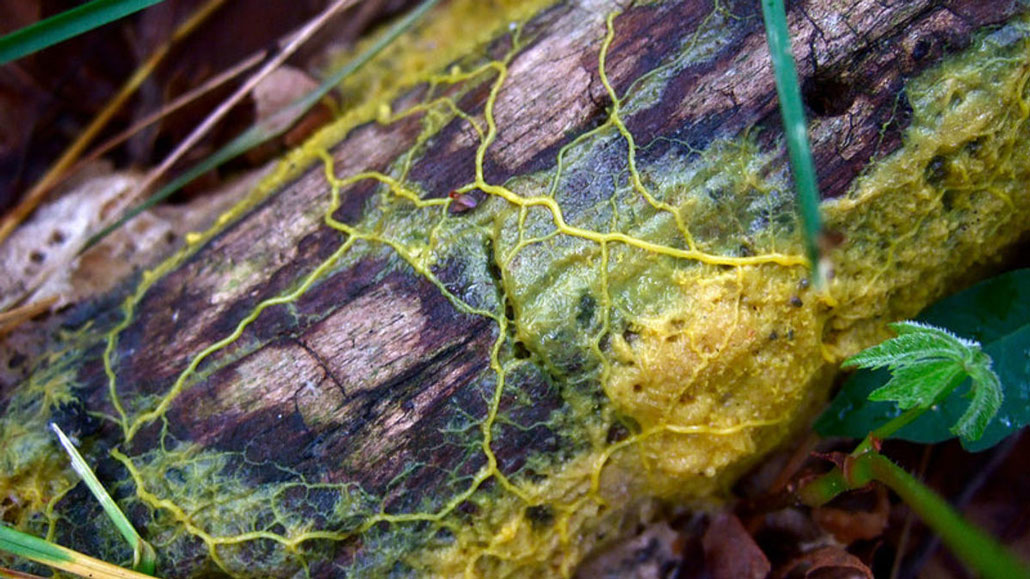How slime mold helped scientists map out the cosmic web
Astronomers have struggled to visualize the giant tendrils of matter that connect galaxies

The intricate patterns of this yellow slime mold can help tease out the structure of the vast strings of matter that connect galaxies in the universe’s cosmic web.
Frankenstoen (CC BY 2.5
)